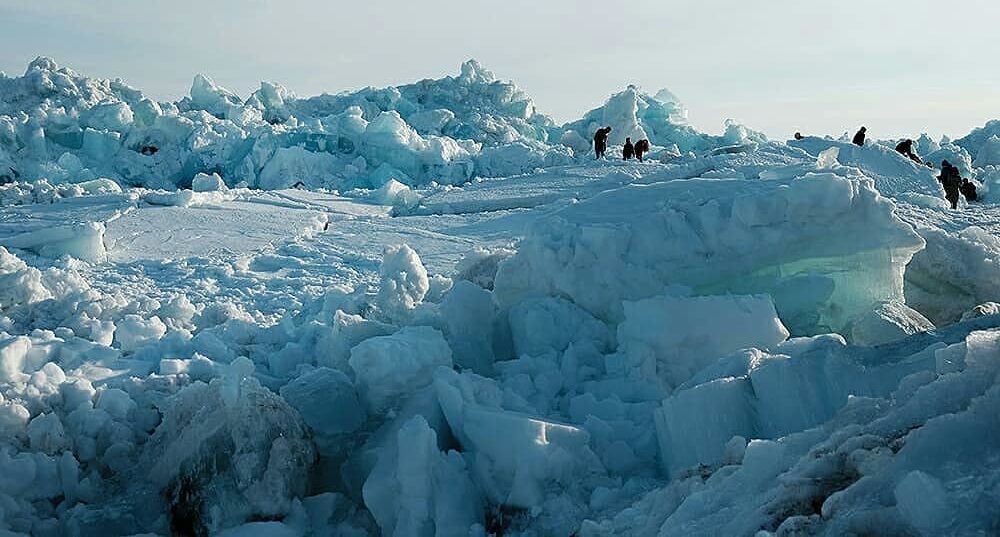#ARCTIC. #SIBERIA. THIS IS TAIMYR. The oldest traces of modern humans (Homo sapiens sapiens) found in the Arctic appeared 40 000 years ago, at the beginning of the Late Paleolithic. Scientists came to this conclusion by examining the animals’ bones found at the Paleolithic complex in the Lower Ob river.
Previously, experts assumed that at that time the north of Western Siberia was covered by a glacier, the Russian Academy of Sciences Siberian Branch’s Nuclear Physics Institute press service (SB RAS) reports:
“Scientists have long been interested in the question of the Arctic and Subarctic settling by ancient man. The Ob river valley is often considered as a potential migration route for Paleolithic man. It is believed that modern man came to Europe and Asia 50-60 thousand years ago. But where did he live before and how did he cross the Urals? For a long time, the hypothesis prevailed that 12-30 thousand years ago the north of Western Siberia was covered by a large glacier (as well as the north of America and Europe). To the south of this glacier there was a dammed basin reaching 130 meters height. For this reason, it was believed that it was pointless to look for archaeological sites there”.
According to Ivan Zolnikov, the Russian Academy of Sciences Siberian Branch’s Sobolev Geology and Mineralogy Institute laboratory head, thanks to an international research program and modern methods, scientists from Europe and Russia managed to prove that there was no ice cover in the north of Western Siberia 12–30 thousand years ago. It was much earlier – 60-90 thousand years ago, north of Salehard, and this is a completely different paleogeographic picture:
“For thirty years I’ve been sure that there were all conditions for an ancient man existence in the north of Western Siberia, and now we have the opportunity to try to prove it: to find traces of the 30-40-50-thousand-years-ago Homo sapiens sapiens in the north of the Ob”, said the scientist.
The search is conducted in the lower reaches of the Ob. In 2020, at the Paleolithic site of Kushevat, in the sediments of an ancient stream, a bone-bearing cultural horizon was discovered, stretching for tens of meters. In particular, two deer antlers with processing traces were found. In total, 20 dates were obtained from this bone-bearing horizon (with an age of 40 to 20 thousand years ago). At the same time, the bone remains (horns) processed by man are dated at the age of 40 thousand years.
“Thus, this is the first discovery in the Ob lower reaches, indicating the presence of man in this territory 40 thousand years ago”, Ivan Zolnikov explained.
To determine the age of the finds, scientists use the accelerator mass spectrometry method (AMS) – an ultra-sensitive method of isotopic analysis, in which a careful selection of a substance atoms is performed with isotope counting.
“Work with archaeologists is ongoing. In particular, we study animal bones samples, especially those that a person tried to process, and regularly issue results”, said Vasily Parhomchuk, chief researcher at the Russian Academy of Sciences Siberian Branch’s Nuclear Physics Institute.
Follow us on Telegram, VKontakte.
Text: Ekaterina Elkanova, Photo: Nikolay Shchipko



